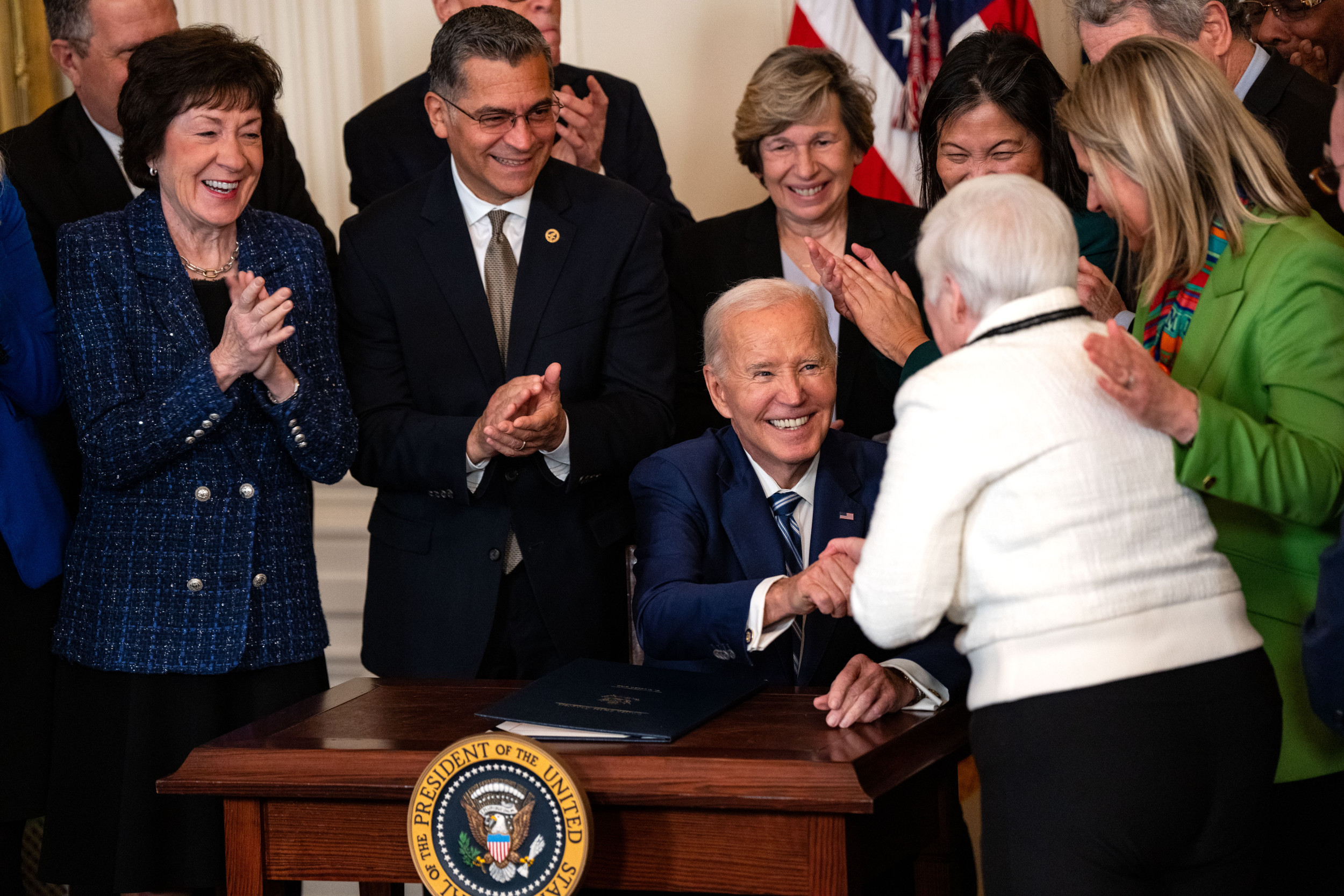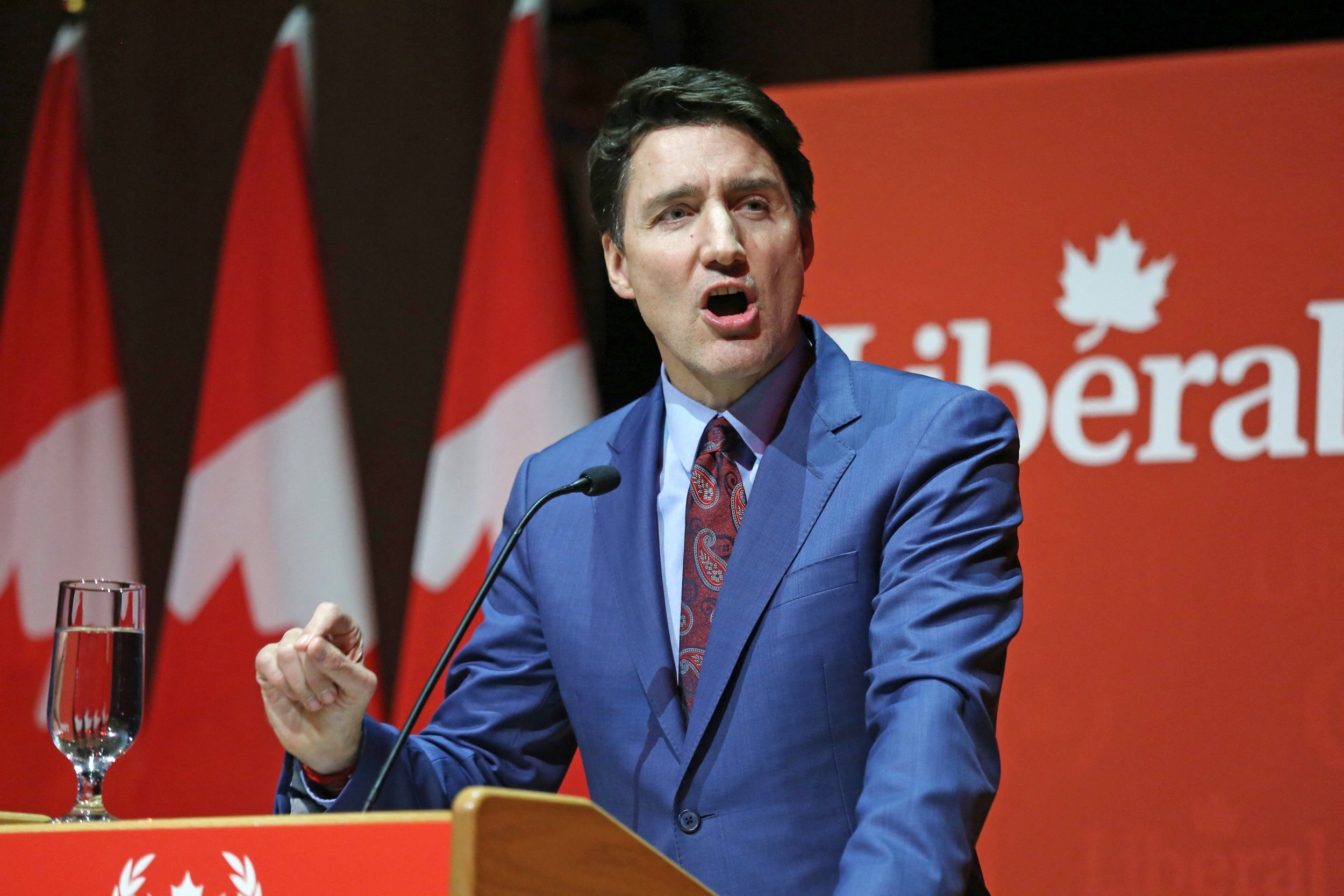A powerful polar vortex is set to grip much of the United States next week, as seen on a map, with meteorologists predicting plunging temperatures and widespread disruptions.
Why It Matters
So far, this winter has seen one of the warmest Decembers on record in much of the northern United States. However, the polar vortex could bring severe weather conditions which could affect travel safety and disrupt daily activities.
Vulnerable groups, such as young infants and senior citizens, are among those particularly at risk from the health hazards posed by freezing temperatures.
What To Know
A polar vortex is a stream of cold air that normally spins around the poles high in the stratosphere. The phenomenon, which blasts Arctic air across part of North America, can disrupt weather patterns.

According to Atmospheric and Environmental Research, the polar vortex will deliver colder and snowier weather for eastern U.S. in early January.
Forecast data mapped by the organization shows that snow accumulation could change by up to 40 mm a day in some parts of the northern U.S. next week, between January 5 and 9, including Montana, Wyoming, Colorado and Michigan.
In the Northeast and some parts of the Midwest, snow accumulation could change by up to 20 mm a day.
Minnesota, Iowa, Missouri, as well as Wisconsin and Illinois will all see significant increases in snow accumulation, according to Atmospheric and Environmental Research.
Snow could also spread as far south as the North and South Carolinas, and the polar vortex threatens to move as far south as Georgia and Florida this month. The National Weather Service (NWS) previously forecast a high likelihood of Florida experiencing below-average temperatures this January.
It comes after snow coverage was at or near 20-year lows around the holidays, despite many Americans experiencing snow at that time.
What People Are Saying
Meteorologist Ben Noll wrote on X on December 29: "A lobe of the polar vortex threatens to bring some seriously cold and possibly snowy weather to the United States during the week of January 6.
"Frigid air will overtake just about the entire country."
Dan DePodwin, senior director of forecasting operations at AccuWeather, previously told Newsweek: "The Southeast has experienced a run of Januarys with warmer than average or near-historical average temperatures. January 2025 could end up being the coldest since January 2018 in this region (eastern U.S.).
"In an extreme scenario where the cold lingers past the middle of January, it could be the coldest January since 2014."
The National Weather Service said last week: "Below-normal temperatures are favored across the central and eastern U.S. during much of January."
What Happens Next
Currently, forecast models expect cold air to be pushed throughout much of the U.S. from early to mid-January.

















:quality(85):upscale()/2024/04/24/878/n/3019466/36c5693c662965c5d1ce91.72473705_.jpg)


 English (US) ·
English (US) ·